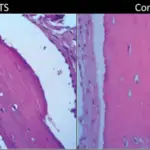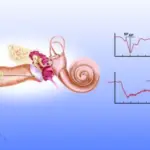Tinnitus is ringing in the ears.
What is the Pathology of Tinnitus?
The pathology of tinnitus is:
-Etiology: The cause of tinnitus is unknown, but is associated with ear injury, ear infections, medications, and age-related hearing loss.
-Pathogenesis: Unknown.
How does Tinnitus Present?
Patients with tinnitus are typically older adults. The symptoms, features, and clinical findings associated with tinnitus include ringing in the ear.
How is Tinnitus Diagnosed?
Tinnitus is diagnosed based on the patient’s description of the symptoms alone.
How is Tinnitus Treated?
Tinnitus is treated by addressing the possible underlying causes which include medication assessment, treating blood pressure, and earwax removal.
What is the Prognosis of Tinnitus?
The prognosis of tinnitus is good. Most tinnitus is mild and self resolves.



